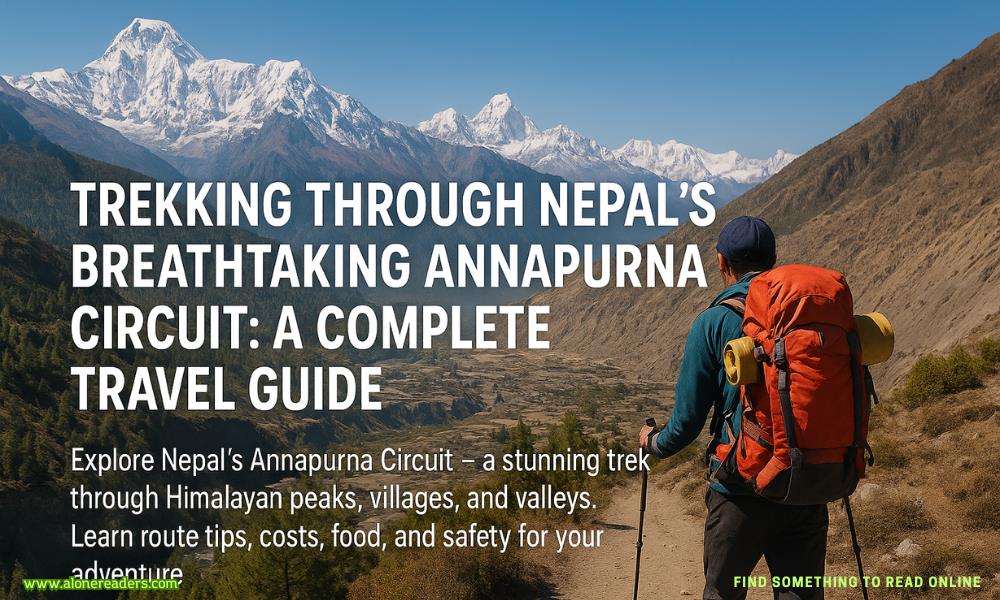
The Annapurna Circuit in Nepal is not just a trekking route—it’s a life-changing journey through one of the most dramatic landscapes on Earth. Encircling the mighty Annapurna Massif, this 160 to 230 km trek (depending on the start/end points) takes you through lush subtropical forests, terraced rice fields, arid high-altitude plateaus, and across the world's highest mountain pass, Thorong La (5,416 meters).
From ancient Buddhist monasteries to picturesque mountain villages and glacial rivers, the Annapurna Circuit is a mix of adventure, natural wonder, and cultural richness. Whether you’re a seasoned trekker or a determined beginner, this route offers something truly unforgettable.
Located in north-central Nepal, the Annapurna Circuit loops around the Annapurna mountain range in the Himalayas. It's one of the most popular and diverse trekking routes in Asia due to its unique combination of topography, ethnic diversity, and accessibility.
Why it's special:
The ideal trekking seasons are:
Avoid:
Starting Point: Most trekkers begin in Besisahar, which is accessible via road from Kathmandu or Pokhara.
Ending Point: Many end their trek at Jomsom and fly to Pokhara, or take a bus/jeep.
To trek the Annapurna Circuit, you must obtain:
Both can be obtained in Kathmandu or Pokhara at the Nepal Tourism Board offices.
Lodging is typically in “tea houses”, which are local guesthouses providing basic amenities.
Accommodation types:
Popular overnight stops include:
Tea houses also offer food—mostly simple but hearty meals perfect for trekking.
Common Dishes:
Food prices increase with altitude due to transportation difficulty. At high passes, a meal may cost up to NPR 800–1,000.
Here’s a basic 14-day version:
Here’s a breakdown for a mid-budget, independent trek (not including guides or porters):
| Item | Approx. Cost (USD) |
|---|---|
| Transportation | $40–$100 |
| Permits | $37 |
| Accommodation (14 nights) | $30–$50 |
| Food and Drinks | $100–$150 |
| Miscellaneous (WiFi, charging, snacks) | $30–$50 |
| Total Estimate | $240–$390 USD |
If hiring a guide/porter:
You can also book package treks via agencies, typically costing $800–$1,200 including all logistics.
Altitude Sickness:
The biggest risk is Acute Mountain Sickness (AMS), especially near Thorong La. Acclimatize well—don’t skip rest days.
Tips to avoid AMS:
Other cautions:
Absolutely. If you’re looking for a trek that combines natural wonder, physical challenge, and cultural immersion, the Annapurna Circuit delivers on every front.
From gazing at snow-capped peaks to sipping tea in quiet mountain villages, each day offers something new and soul-stirring. And while the journey will test your endurance, it also rewards you with lifelong memories and an unshakable connection to nature.